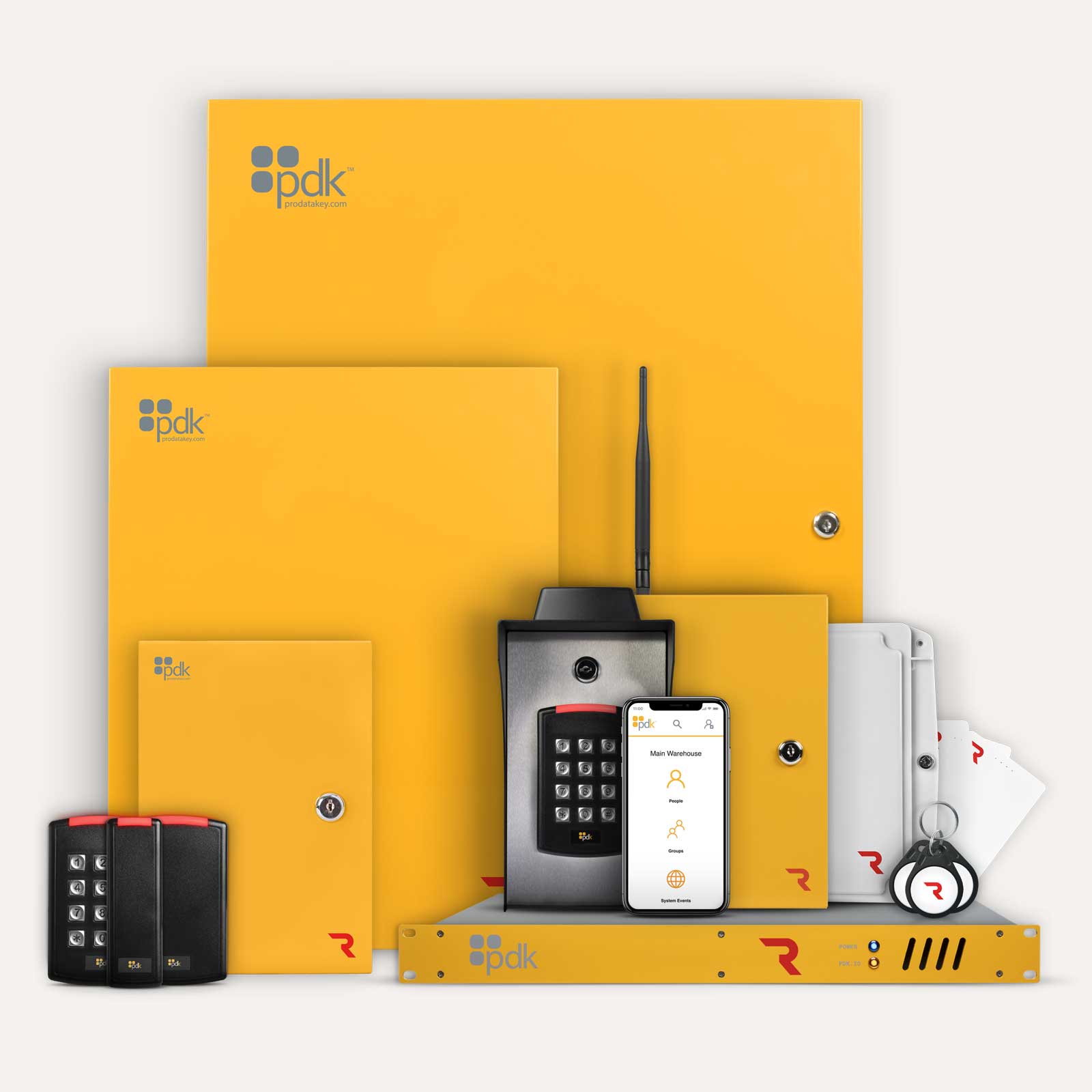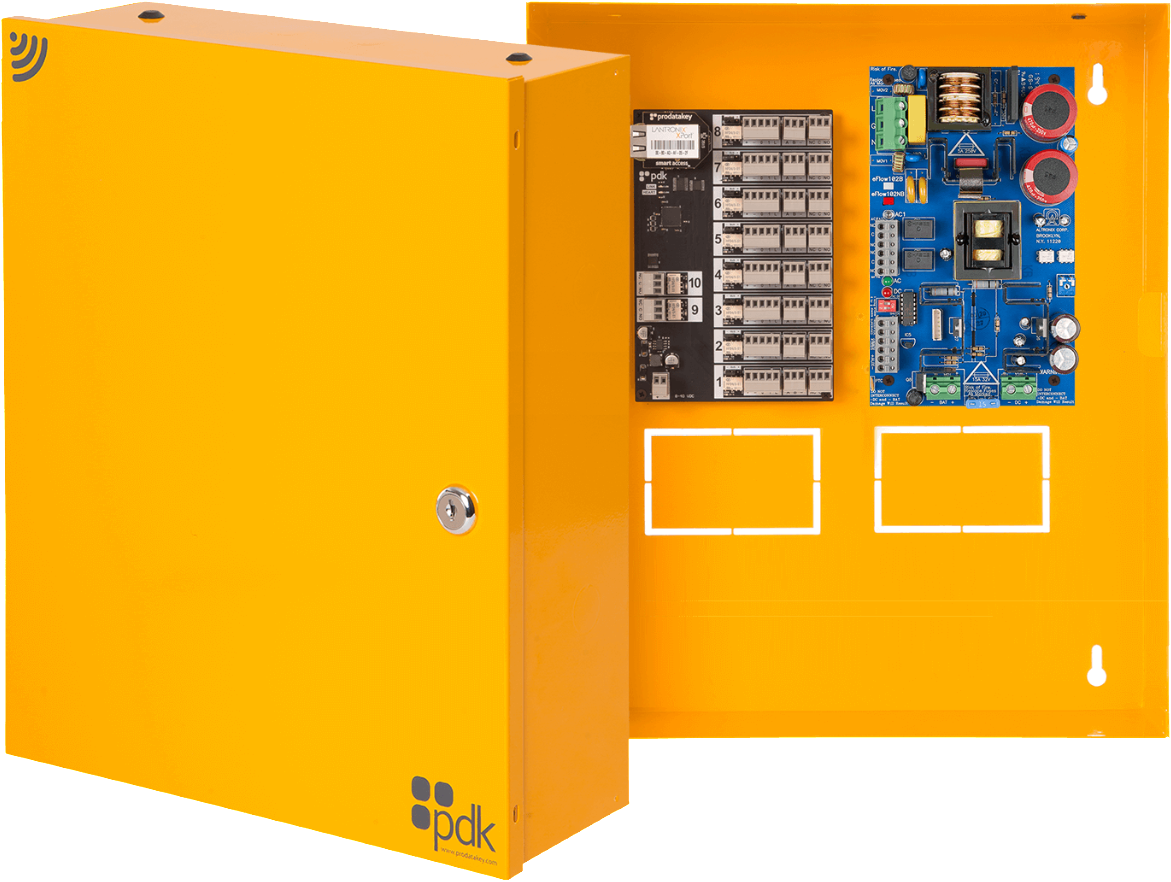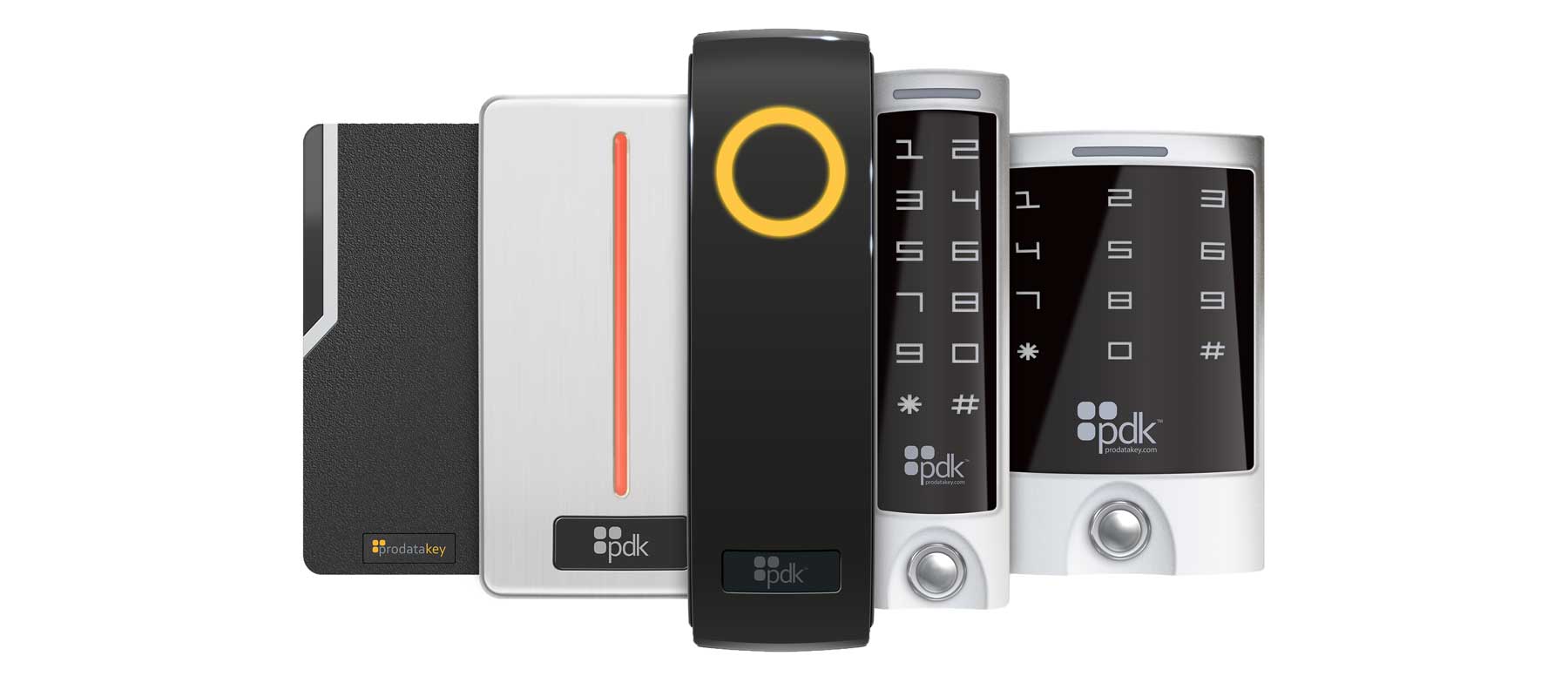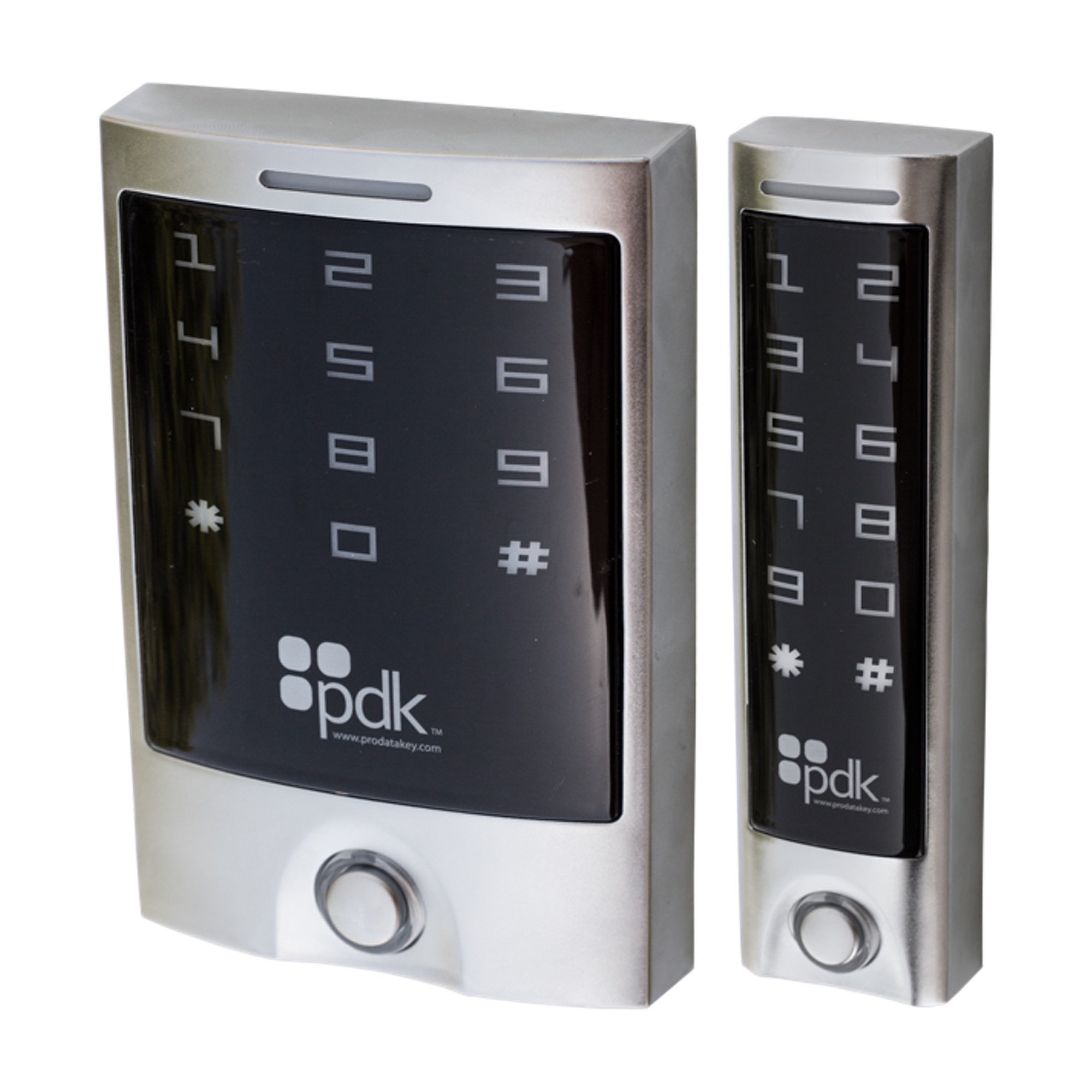In the ever-evolving landscape of security and access management, the PDK (Prox Duress Key) access control system has emerged as a cutting-edge solution, revolutionizing the way we safeguard our buildings, facilities, and sensitive areas. This innovative technology combines the convenience of proximity-based identification with the added layer of security provided by duress key functionality, empowering organizations and individuals to maintain robust control over who enters and exits their premises.
The PDK access control system represents a significant advancement in the world of access management, offering a seamless and efficient means of restricting and monitoring access, while also providing a reliable safeguard against unauthorized entry or duress situations. By integrating the power of proximity cards with the versatility of duress keys, this system enables users to not only grant access to authorized personnel but also discreetly signal for assistance in the event of an emergency.
In this comprehensive guide, we will delve into the intricacies of the PDK access control system, exploring its key features, the benefits it offers, and the strategies for implementing this technology to enhance the security and access management protocols within your organization. Whether you’re a security professional, a facility manager, or an individual seeking to bolster the protection of your property, this article will equip you with the knowledge to unlock the full potential of PDK access control.
Understanding the PDK Access Control System
To fully appreciate the capabilities of the PDK access control system, it’s essential to understand the core components and functionalities that define this innovative security solution.
The Proximity-Based Identification
At the heart of the PDK access control system lies the proximity-based identification feature, which allows for seamless and efficient access management.
Proximity Card or Fob Authentication
Users are granted access by presenting a proximity card or fob, which is recognized by the system’s card readers, eliminating the need for traditional keys or complex access codes.
Streamlined Access Control
The proximity-based identification process enables a smooth and efficient access flow, reducing the time and effort required for personnel to enter and exit designated areas.
The Duress Key Functionality
The PDK access control system takes security a step further by incorporating the duress key feature, providing a discreet and reliable means of signaling for assistance in emergency situations.
Duress Key Activation
In the event of a duress situation, such as a threat or coercion, the user can activate the duress key, which sends a silent alarm to the appropriate authorities or security personnel.
Covert Alarm Triggering
The duress key function is designed to be discreet, allowing the user to discretely signal for help without drawing attention to the situation and potentially exacerbating the threat.
Integrated Monitoring and Reporting
The PDK access control system includes a comprehensive monitoring and reporting system, providing valuable insights into access activity and security events.
Detailed Access Logs
The system maintains detailed logs of all access attempts and activity, enabling administrators to track and analyze the movement of personnel within the facility.
Real-Time Alerts and Notifications
The PDK system can be configured to generate real-time alerts and notifications, informing administrators of any unusual or suspicious access attempts or duress key activations.
Benefits of Implementing PDK Access Control
By adopting the PDK access control system, organizations and individuals can unlock a wealth of benefits that enhance their overall security posture and access management protocols.
Enhanced Security and Access Monitoring
The PDK access control system offers a robust and multi-layered approach to security, providing a heightened level of protection and visibility.
Improved Access Restriction
The proximity-based identification and duress key functionality work in tandem to effectively restrict and control access to sensitive areas, deterring unauthorized entry.
Comprehensive Incident Tracking
The detailed access logs and real-time alerts enable administrators to quickly identify and respond to security incidents, facilitating a proactive approach to threat mitigation.
Increased Efficiency and Convenience
The PDK access control system streamlines the access management process, improving efficiency and user experience.
Streamlined Access Procedures
The proximity-based identification eliminates the need for traditional keys or access codes, simplifying the entry and exit process for authorized personnel.
Reduced Administrative Burden
The automated monitoring and reporting capabilities of the PDK system can significantly reduce the administrative workload associated with managing access control protocols.
Enhanced Emergency Response Capabilities
The duress key functionality of the PDK access control system provides a critical layer of protection in the event of a security emergency.
Rapid Alarm Triggering
The discreet duress key activation allows users to discreetly signal for assistance, enabling a timely and appropriate emergency response.
Improved Incident Management
The integration of the duress key with the system’s monitoring and notification features ensures that security personnel and authorities are immediately informed of the situation, facilitating a coordinated and effective response.
Implementing PDK Access Control: Strategies and Considerations
Successful implementation of the PDK access control system requires careful planning, strategic deployment, and ongoing maintenance to ensure the system’s optimal performance and long-term effectiveness.
Assessing Organizational Needs
The first step in implementing the PDK access control system is to conduct a comprehensive assessment of your organization’s specific security requirements and access management needs.
Defining Security Objectives
Clearly identify the primary security goals and concerns that the PDK system should address, such as restricting access to sensitive areas or enhancing emergency response capabilities.
Evaluating the Facility Layout
Assess the physical layout of your facility, including the number and location of entry/exit points, to determine the optimal placement of the PDK system components.
Selecting the Appropriate Hardware and Software
Once the organizational needs have been established, the next step is to select the appropriate PDK access control hardware and software to meet your requirements.
Choosing Compatible Components
Ensure that the PDK system components, such as card readers, control panels, and software, are compatible and seamlessly integrated to ensure optimal performance.
Considering Scalability and Future Expansion
Select a PDK access control solution that can accommodate the growth and evolving needs of your organization, allowing for easy expansion and upgrades as requirements change.
Implementing the PDK Access Control System
With the hardware and software in place, the implementation process involves the careful installation, configuration, and integration of the PDK system.
Conducting User Training
Provide comprehensive training to the personnel responsible for managing and operating the PDK access control system, ensuring they are equipped with the necessary knowledge and skills.
Establishing Maintenance and Monitoring Protocols
Develop a comprehensive maintenance plan to ensure the ongoing performance and reliability of the PDK system, including regular inspections, firmware updates, and proactive troubleshooting.
Integrating the PDK System with Existing Security Measures
For maximum effectiveness, the access control system should be seamlessly integrated with your organization’s existing security infrastructure and protocols.
Aligning with Emergency Response Procedures
Ensure that the duress key functionality of the PDK system is properly integrated with your emergency response plan, enabling a coordinated and efficient reaction in the event of a security incident.
Leveraging Complementary Security Technologies
Explore the possibilities of integrating the access control system with other security technologies, such as video surveillance or intrusion detection systems, to create a comprehensive and robust security ecosystem.
Conclusion: Unlocking the Power of PDK Access Control
The PDK access control system represents a transformative approach to security and access management, providing organizations and individuals with a powerful tool to safeguard their facilities, personnel, and sensitive areas. By combining the convenience of proximity-based identification with the added layer of security offered by the duress key functionality, this innovative system empowers users to maintain tight control over access, while also ensuring a reliable emergency response mechanism in the event of a security breach or duress situation.
Throughout this comprehensive guide, we have explored the intricate workings of the PDK access control system, highlighting its key features, the benefits it offers, and the strategies for successful implementation. From enhanced security and access monitoring to increased efficiency and improved emergency response capabilities, the PDK system’s versatility and effectiveness make it a compelling choice for organizations seeking to elevate their security protocols and protect their most valuable assets.
As you navigate the journey of implementing the access control system within your organization, remember to approach the process with a strategic and holistic mindset. By carefully aligning the system’s capabilities with your security objectives, selecting the right hardware and software, and integrating it seamlessly with your existing security measures, you can unlock the full potential of this cutting-edge technology and safeguard your premises against a wide range of threats.
Embrace the power of the access control system and let it be the catalyst for a more secure and resilient future. By unlocking the benefits of this innovative technology, you can empower your organization to maintain tight control over access, respond effectively to emergency situations, and ultimately, create a safer and more protected environment for all.


